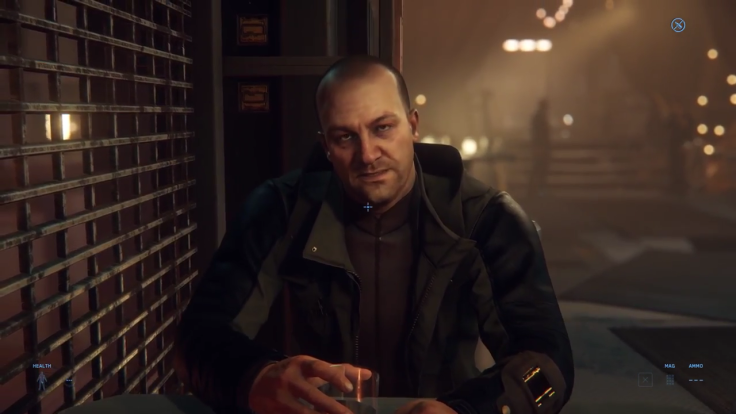Star Citizen was the focus of a lawsuit filed by Crytek last month, and the game’s developers at Cloud Imperium Games have released a lengthy response to the allegations. The defendants are seeking full dismissal of a case they allege should have “never been filed” in the first place.
The legal jargon gets a bit complicated, so we’ve boiled it down to a series of bullets.
- CryEngine’s Use In Squadron 42: When the original lawsuit was filed, Crytek argued its Game License Agreement limited the use of CryEngine to Star Citizen and not its single-player space sim, Squadron 42. However, CIG has its own signed GLA that specifically mentions “Space Citizen and its related space fighter game, Squadron 42.” The rebuttal describes both products as “together.”
- The GLA Promised Crytek As An Exclusive Partner: To rebuff claims that CIG is breaking an established exclusivity agreement by transitioning to Amazon’s Lumberyard engine, the developer turned to semantics. Its version of the GLA describes the CryEngine license as a “right” rather than an obligation. In other words, CIG can use CryEngine, but it’s allegedly not a requirement to do so.
- You Aren’t Showing Crytek Logos in Marketing: CIG says those logos aren’t being used because the game isn’t being made with CryEngine.
- Error In Documentation: The document mentions CIG’s affiliate company at Roberts Space Industries, but RSI was not part of the GLA. CIG contends these basic errors are grounds for dismissal.
- Conflicts Of Interest In Negotiation: Crytek says the GLA was stacked against them because CIG was represented by Ortwin Sam Schneider-Freyermuth, an ex-Crytek employee. CIG says Crytek signed a waiver for the negotiations to take place. The first lawsuit was even edited slightly to reflect this.
It would appear the majority of Crytek’s claims have a much shakier basis than the company originally described. While this new development doesn’t guarantee CIG’s point of view is the correct one, there’s at least a compelling argument from the defendant’s side of the conflict. In terms of figuring out who wins the fight, it’s largely a matter of deciding which version of the GLA is true, legal tender. If CIG’s version is the most recent, Crytek may not have a leg to stand on with regard to the above-mentioned issues.
That being said, some notable parts of the original lawsuit do not featured in CIG's stern reply. Crytek has also accused CIG of sharing bits of copyrighted CryEngine code to third-party partners at Faceware. Because Lumberyard is built on CryEngine and some old CryEngine code is presumably still in current builds of Star Citizen, this matter has the potential to get messy. Out of all Crytek’s charges, this one might have the best chance to stick. However, if the case is dismissed as CIG demands, that feud may be forced to take a new form.
With legal pressure ongoing on both sides, Star Citizen definitely isn’t excluded from potentially having to pay substantial fees to its former partners. If CIG’s arguments hold, backers can rest easy and let their space-sim dreams run wild.
Star Citizen is available now for backers on PC.
How do you feel about Crytek’s Star Citizen lawsuit now that CIG has posted its reply? Will this case make it to court? Tell us in the comments section!


















